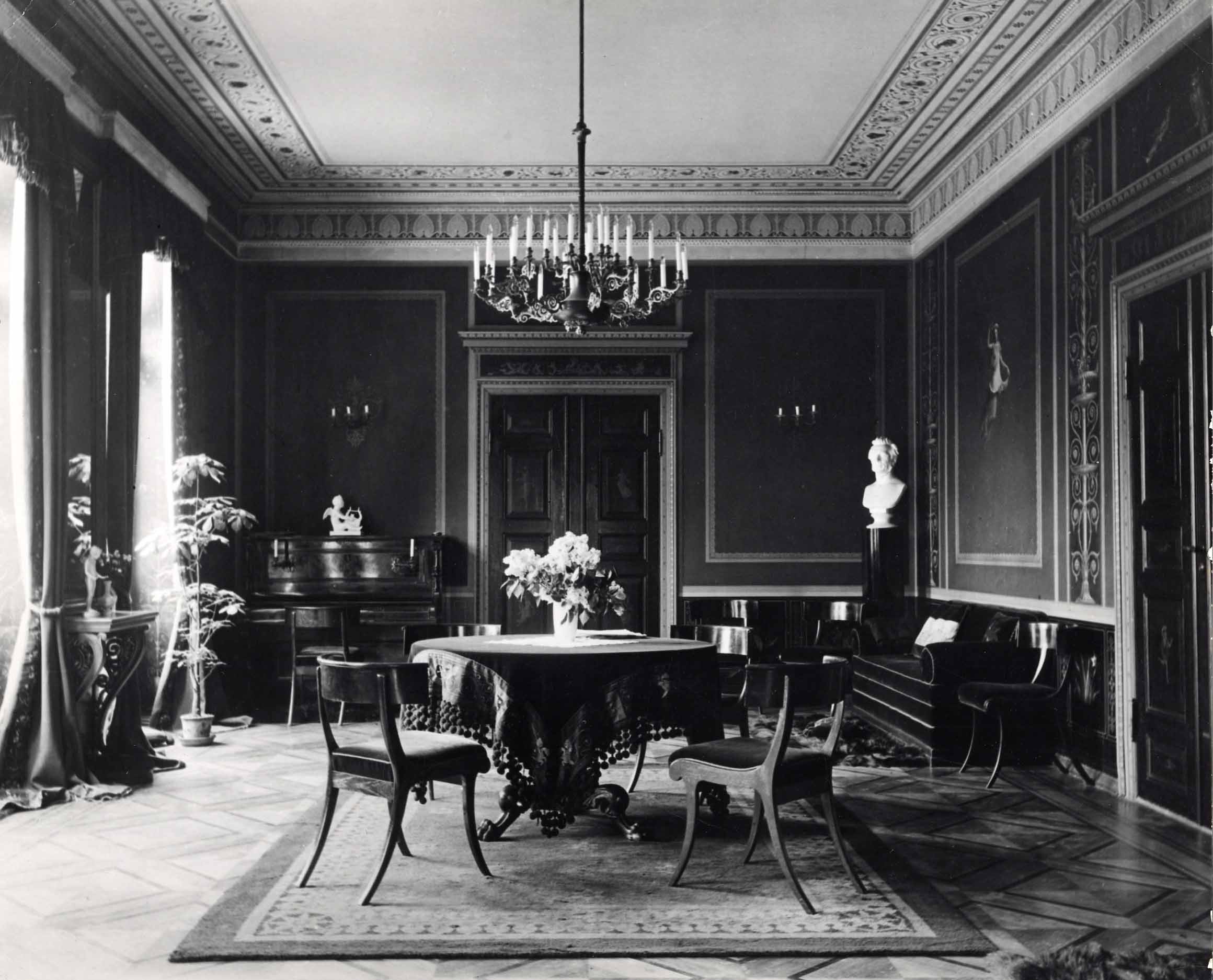PRIVACY Core Scholar behind chapter in WILL, WORKS AND VALUES – J.C. JACOBSEN’S VILLA AT CARLSBERG

About the book:
Ever since its inception in the second half of the nineteenth century, the Carlsberg brewery has served as a role model across the realms of business, science, art, culture and patronage. J.C. Jacobsen and his wife Laura Jacobsen’s initiative, vision and stability have been an inspiration for many subsequent generations. At Valby Bakke, they established a powerhouse of activity where their life and work merged. After the couple’s death, the villa served as an honorary residence for a succession of prominent and important scientists during most of the twentieth century, before becoming the seat of the Carlsberg Academy.
Further chapters, written by experts within their respective fields, address the villa’s architecture, garden, artistic decoration and restoration, as well as the scientists, such as Niels Bohr, who lived in the house during its time as an honorary residence.
Find more information on the Strandberg Publishing website

Peter Thule Kristensen is behind the chapter “Microcosm at Valby Bakke: Architectural History J.C. Jacobsen’s Villa.” His chapter studies the founder of the Danish Carlsberg Brewery, J.C. Jacobsen’s, villa (1850-70) from an architectural historical perspective.
We have asked Peter a few questions about his chapter:
Will you sum up your contribution to the book WILL, WORKS AND VALUES – J.C. JACOBSEN’S VILLA AT CARLSBERG?
My chapter studies the founder of the Danish Carlsberg Brewery, J.C. Jacobsen’s, villa, which was built in the eighteen-fifties, sixties, and seventies, from an architectural historical perspective. It was basically a conglomerate of different parts which were intertwined with the brewery, making it hard to distinguish between the brewer and his family as private individuals and as professionals. However, architectural coherence was achieved through the application of a neoclassical style that fit well into the culture of the Danish Golden Age. In this way, J.C. Jacobsen managed to control the design, though it involved several architects and several construction phases.
You are writing about the villa as a microcosm. Are you addressing any privacy-related topics in your chapter?
The villa was never just a private home. It was part of the brewery, and it also contained several reception rooms which were used for semi-public representation. Between 1876 and 1878, J.C. Jacobsen even added a large memorial hall and conservatory, the so-called Pompeii, which I see as part of a larger master plan that scaled the brewery’s activities up for the benefit of science, art and education at a national level. Art, science, technology, politics and business were facets of the same overall realm, ultimately framed and defined by the architecture.
How do you as an architect experience notions of privacy when you enter a public house that formerly served as a private home?
When you visit the villa today, it still appears as a strange mix of a private home and a public place. It shows that the boundaries between private, professional, institutional and public are often more blurred that you might anticipate, even in the 19th century, where the world otherwise became more compartmentalized.
